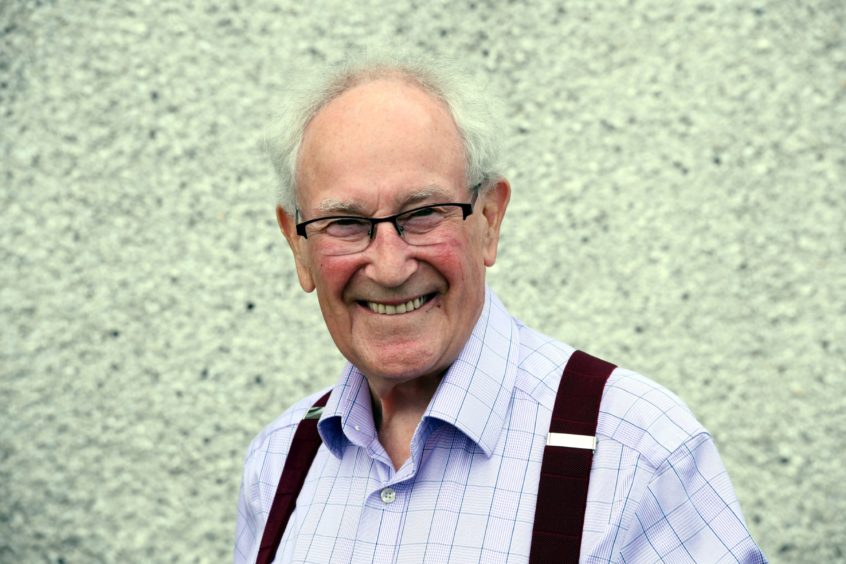
There were a lot of tears and tristesse when the news emerged of the death of Robbie Shepherd at the beginning of August.
The musician, broadcaster, raconteur and writer, who penned a popular weekly column for The Press & Journal, was many things to many people, but perhaps above all, he was the beating heart of Doric and revelled both in its traditions and encouraging a new generation to keep the flame burning throughout the north-east.
As somebody who recounted tales of pupils being belted by their teachers for not speaking “proper English” after the Second World War, he was never complacent about its future, but the warmth and good humour which he brought to his myriad activities meant that many people wept at his funeral as if they had just lost their best friend.
And in a lot of cases, that wasn’t so far from the truth.
Yet, befitting somebody who loved Lewis Grassic Gibbon’s classic novel Sunset Song, Robbie realised that nothing lasts forever and only the land endures. He would have hated to have thought his Doric column would die along with him and one can be pretty sure this doughty character would have insisted the show must go on.
And that is exactly what is going to happen in the months and years ahead. The P&J was honoured to have had its pages graced by Robbie, but we have reached out to the thriving Doric community and recruited some redoubtable figures as a way of satisfying those in the region who start their day with a cheery “fit like” to their loved ones and know the difference between calling somebody a “gype” and giving them a “bosie”.
There’s no question of anybody stepping into Robbie’s shoes. Instead, we have looked for new voices, from all backgrounds and ages, who can talk about their own passions and ensure that nothing stands in the way of those who love their weekly Doric dose.
These people are all Doric devotees
Those who will be contributing include Sheena Blackhall, widely regarded as the Queen of Doric, who was confined to a hospital bed during the typhoid epidemic in Aberdeen in 1964 and has created a wealth of poetry and literature in the last 60 years.
Then, there are others such as Jamie Fairbairn, Shane Strachan, Peter Reid and Dawn Leslie, who have demonstrated their love for arts, culture and education in the Doric medium. (Even if we’ve kept the language to a minimum in this piece because we recognise that not everybody is conversant with its very distinctive vocabulary).
So we asked them all for their memories of Robbie and their plans for the columns which will feature in this magazine every Saturday. And their responses were, well, let’s just say that they are all champing at the bit to bring us a bit of weekend joy.
SHEENA BLACKHALL
Sheena told me: “I don’t think one person could fill Robbie Shepherd’s boots: the man was clever, well loved, a powerhouse, a one-off, who worked tirelessly to promote and preserve the Doric language of himself and his reading public 24/7.
“Knowing this, I think a broad range of Doric proponents should take up the reins, younger voices, voices from right round the north-east. For myself, I am aiming to write anecdotes, intermixed with snatches of history and tales of famous historical characters from our area, with occasionally one or two verses.
Summing him up in verse
“The benefits of this multi-pronged approach can be shown in the Buddhist story of the seven blind men and the elephant. Each blind man feels the elephant and describes it accordingly: CD discs (toenails), cabbage leaf (the ears), hose pipe (the trunk), a sponge (the tongue), a spear (the tusks), the leg (tree trunk) and the tail (a toilet chain).
“Every one of the blind men has a bit of the truth, but nobody knows it all. Robbie, however, really DID know it all.”
Sheena has written a poem about him, which concludes with the tribute: “He’ll be sair missed, bit the spikk lives on; An the fowk that lue it need; Their ain wee neuk in the newspaper; Fur they are a special breed.” He would have liked that.
SHANE STRACHAN
Originally from Fraserburgh, Shane is a versatile writer and performer. He has a PhD in creative writing from Aberdeen University and was awarded a 2018 Robert Louis Stevenson Fellowship from the Scottish Book Trust for his eclectic work in examining the life and achievements of Broch fashion designer Bill Gibb.
He said: “I was fair trickit to win ‘Scots Champion o the Year’ at the Scots Language Awards, following my year as the National Library’s Scots Scriever writer-in-residence.
“What struck me on the night was that Doric was the predominant dialect of not only the nominees, but most of the winners too, such as Aberdeen Student Show, teacher Jamie Fairbairn, Monymusk Primary School, singer Natalie Chalmers, and broadcaster Frieda Morrison who received the Lifetime Achievement Award.
“It’s testament to how rich the Scots language still is in our north-east neuk and shows the growing appreciation of that in other parts of Scotland.
“In the summer, I also received a Scots Language Publication Grant to publish my first collection of poetry, DWAMS, coming next March from Tapsalteerie.
“To have this support from the Scottish Book Trust and Scottish Government feels part of a significant change in the Scots language landscape.
“It’s thanks to the likes of Robbie Shepherd battling against the standardisation of broadcasting and print media over the years that is allowing us younger Doric spikkers to thrive now, so I look forward to contributing to the new Doric column.”
JAMIE FAIRBAIRN
This vibrant Aberdeenshire teacher was named Scots Speaker of the Year at the aforementioned awards. As principal teacher of the Faculty of Humanities at Banff Academy, Jamie has been championing the Scots language at the school for over a decade, and promoting Scots in the media wherever possible.
He told me: “My pupils at school recently asked me why they can’t watch Spongebob Squarepants in Doric on the telly, in the same way you can see kids’ cartoons in Gaelic.
“I couldn’t think of a reason why not. It would be cheap to do and it would be a chance for bairns to hear the language of home reflected in the media.
“Similarly, in the print media, I can’t see why Scots speakers shouldn’t read content in their familiar mither tongue, as they often could throughout the 19th Century.
“The inimitable Robbie did an amazing job for all those years – his column validated swathes of Doric speakers across the north-east and helped preserve the language and give confidence to folk to express themselves and be proud of their culture.
“In my own Doric columns, I will be writing about young people’s thoughts and ideas about Doric, what’s happening at school, and what’s next for the future of Doric for the next generation of speakers, readers and writers.”
DAWN LESLIE
As a lecturer in linguistics at Aberdeen University, this Inverurie quine grew up revelling in the Doric language and is proud to regard it as her “default”.
She added: “It’s the way that I’ve been brought up spikkin and, inside my heid, it’s definitely the language that I think in.
“At the university, I’ve also been doing lots to make it part of my professional life, by researching attitudes towards the variety and also teaching it as a living language (through undergraduate Doric courses and public evening classes).
“Because most of us were never taught Doric in school (we just learnt it at hame), there is so much that we often dinna realise about its history, its structure, and its connections with other languages – which is stuff I love to get wired into.
“I am really looking forward to contributing to the P&J’s Doric features and getting to go full-tilt Doric with my writing.
“From a linguistic point of view, I am also excited to see all the varied voices that are going to be represented and keen to observe how we might all use our Doric in slightly different ways: the perfect way to continue Robbie’s legacy of connecting with folk.”
PETER REID
A multi-faceted fellow, the professor teaches at the School of Creative and Cultural Business at Robert Gordon University and is a powerful advocate for everything Doric.
As he said: “The phrase ‘an impossible act to follow’ could have been coined to describe Robbie Shepherd. For the best part of four decades, he brought Doric life through his writing and his rich Aberdeenshire accent made him one of the most widely recognised voices in Scottish broadcasting.
“Robbie championed the culture and heritage of his beloved north-east in all its rich diversity, but particularly through music and wir ain Doric tongue.
“His Doric column was one of his most enduring legacies, bringing the written form of our dialect to the media on a weekly basis. It brought his observations in the mither tongue to a wide audience, demonstrating the capacity of our expressive dialect for describing life and events.
“As one of the successors to Robbie, I – like the other contributors – am conscious of the weight that falls on our shoulders.
“My contributions will take an observational approach, echoing that of Robbie himself, presenting a view from my wee neuk of western Banffshire; a Portgordon loon’s thoughts on life and events scrievit in his muckle-loved Doric tongue.”
Forthcoming pieces will also be supplied by Gordon Hay, a retired lawyer in Peterhead, who has translated both the Old and New Testaments into Doric, along with children’s books and Handel’s Messiah; Charlie Abel, a musician, songwriter and founder of the wonderfully-named Iron Broo Ceilidh Band; Jackie Ross, the founder member of the Grampian Association of Storytellers; and Frieda Morrison, who launched Scots Radio a decade ago and was the catalyst for the creation of the Doric Film Festival.
And others to join the team are Jo Gilbert, one of the north-east’s leading poets; Mark Findlater, an Aberdeenshire councillor representing Banff and Buchan; Colin Wilson, a versatile figure with a lifetime interest in Scots and especially Doric; Debbie Leslie, Dawn’s mother, who is one of Scotland’s most popular public speakers; and Alistair Lawrie, the winner of the McLellan Scots Poetry Prize this year.
Frieda said: “We owe Robbie a great amount of gratitude for what he has done to promote Scottish culture and the north-east culture and language.
“He was known throughout the land and the world as someone proud of far he came fae – an the fowk he came fae.”
These are the values the new columnists will be aiming to replicate as they pick up the baton from a maestro.
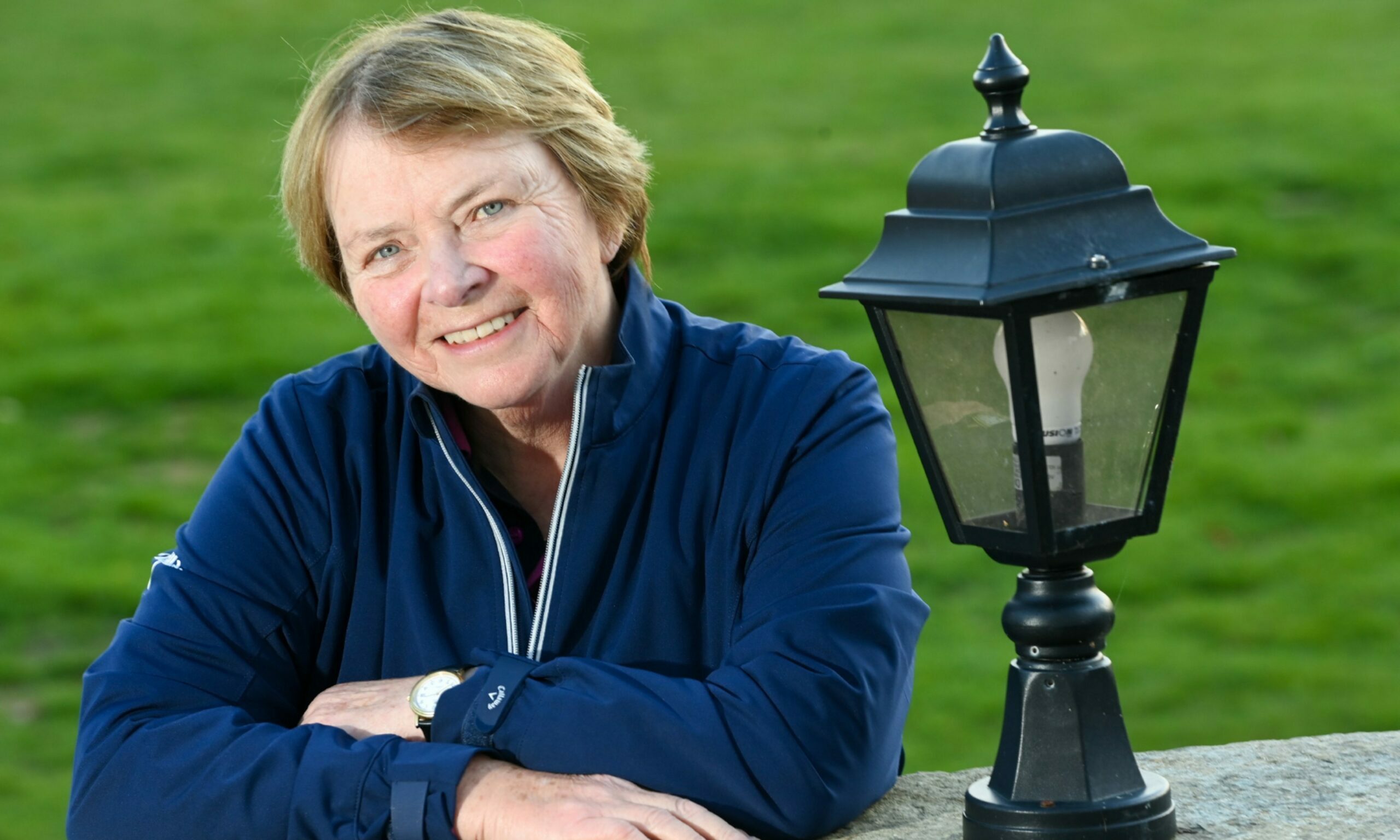
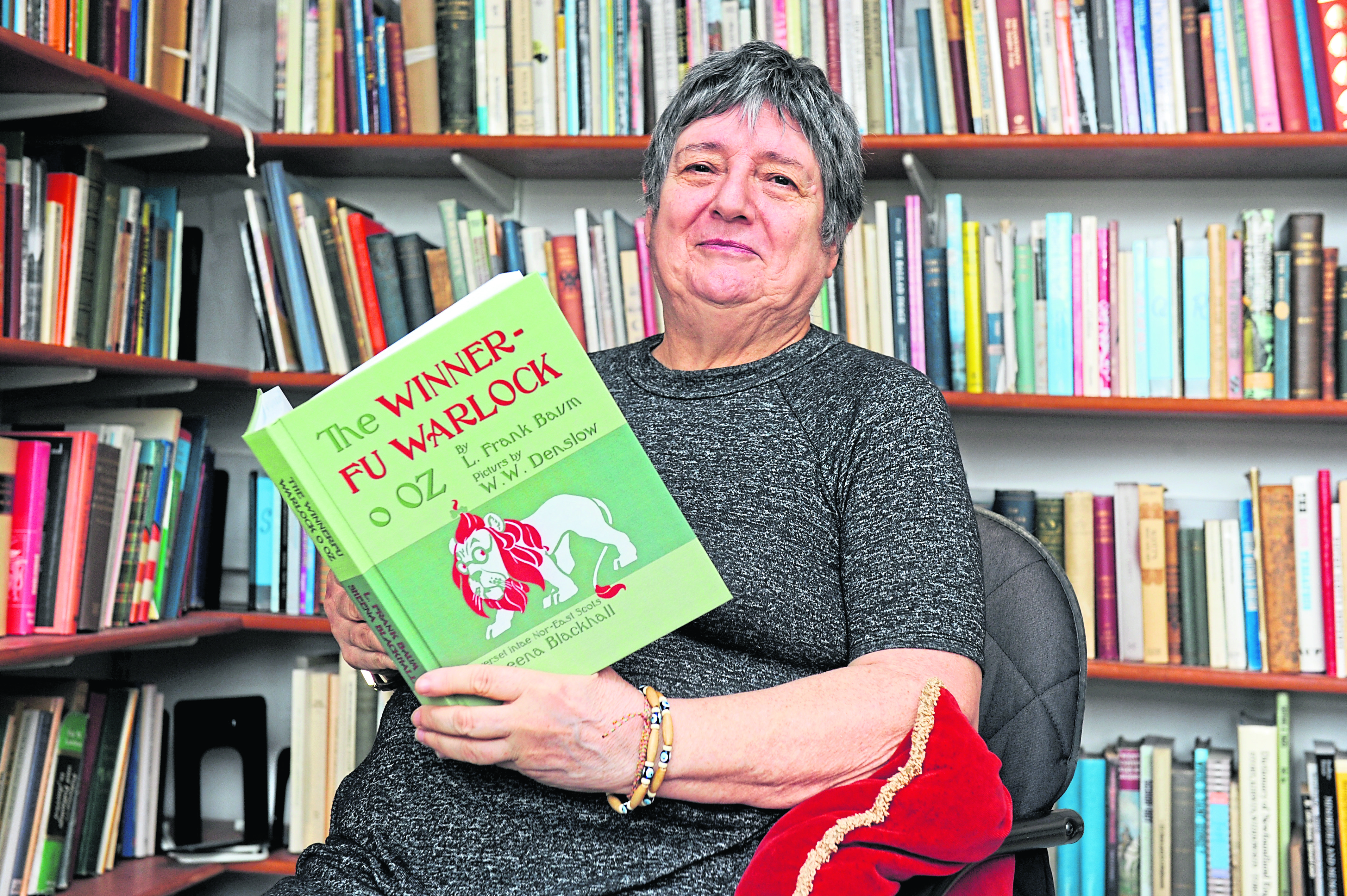
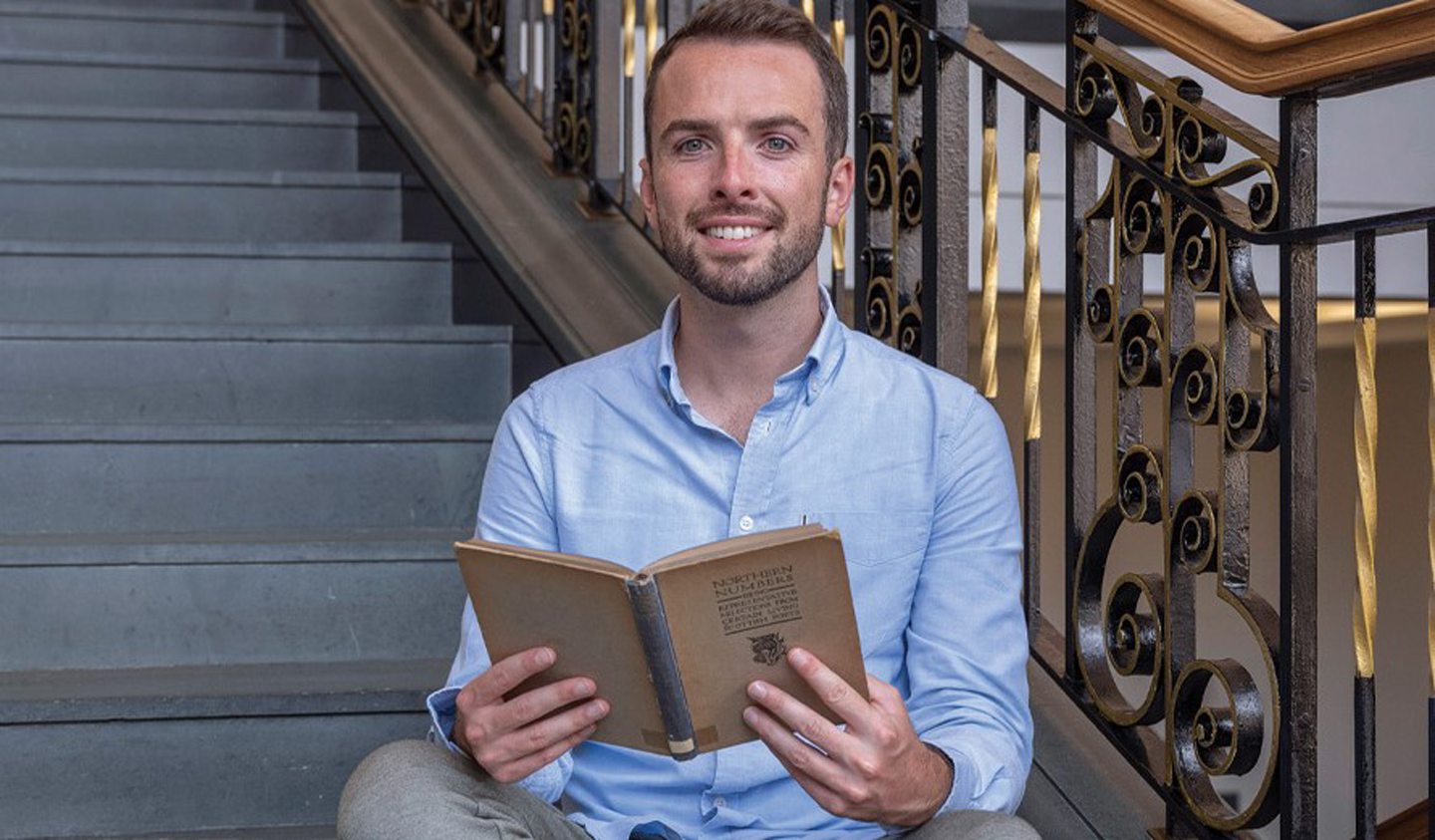
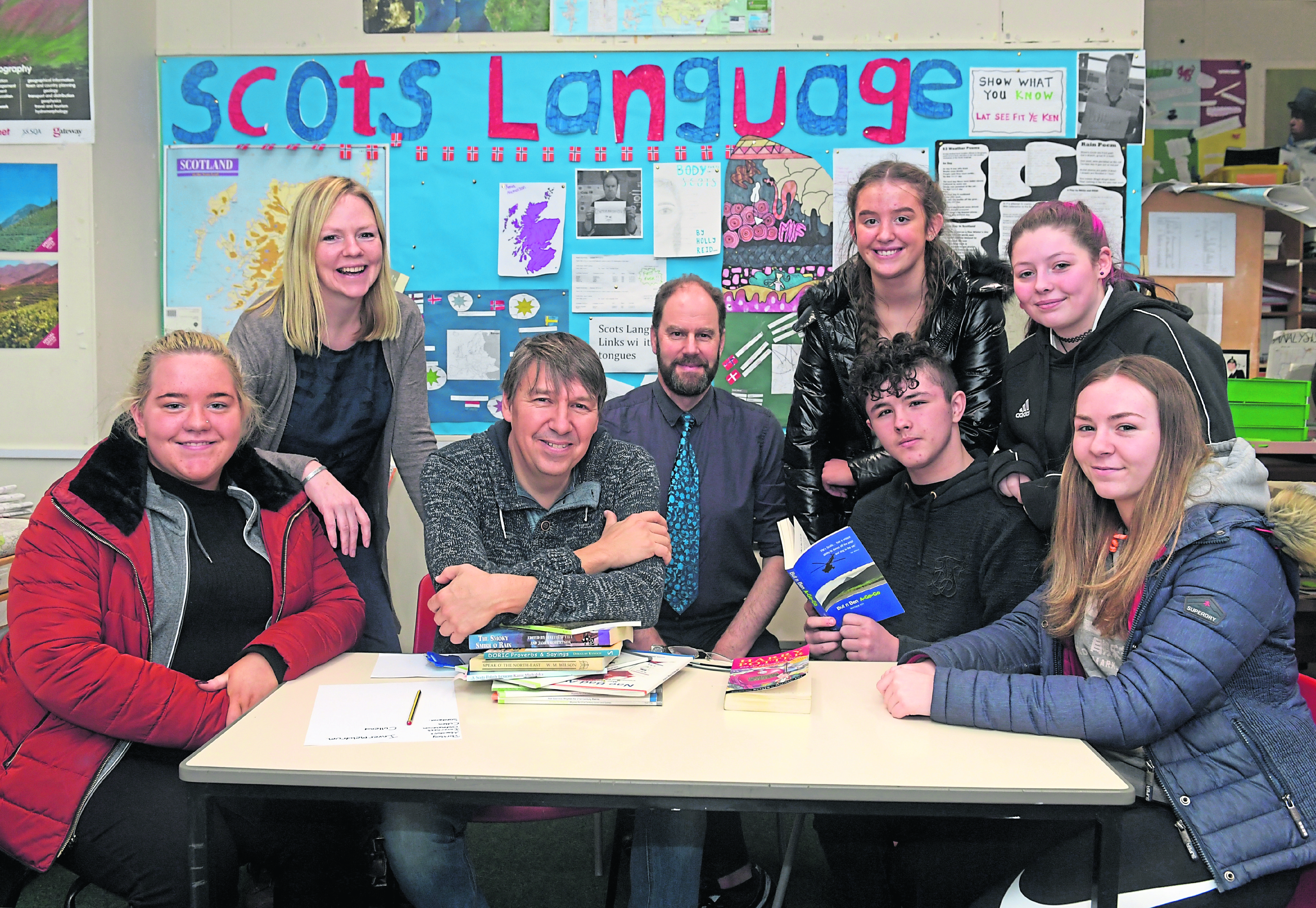


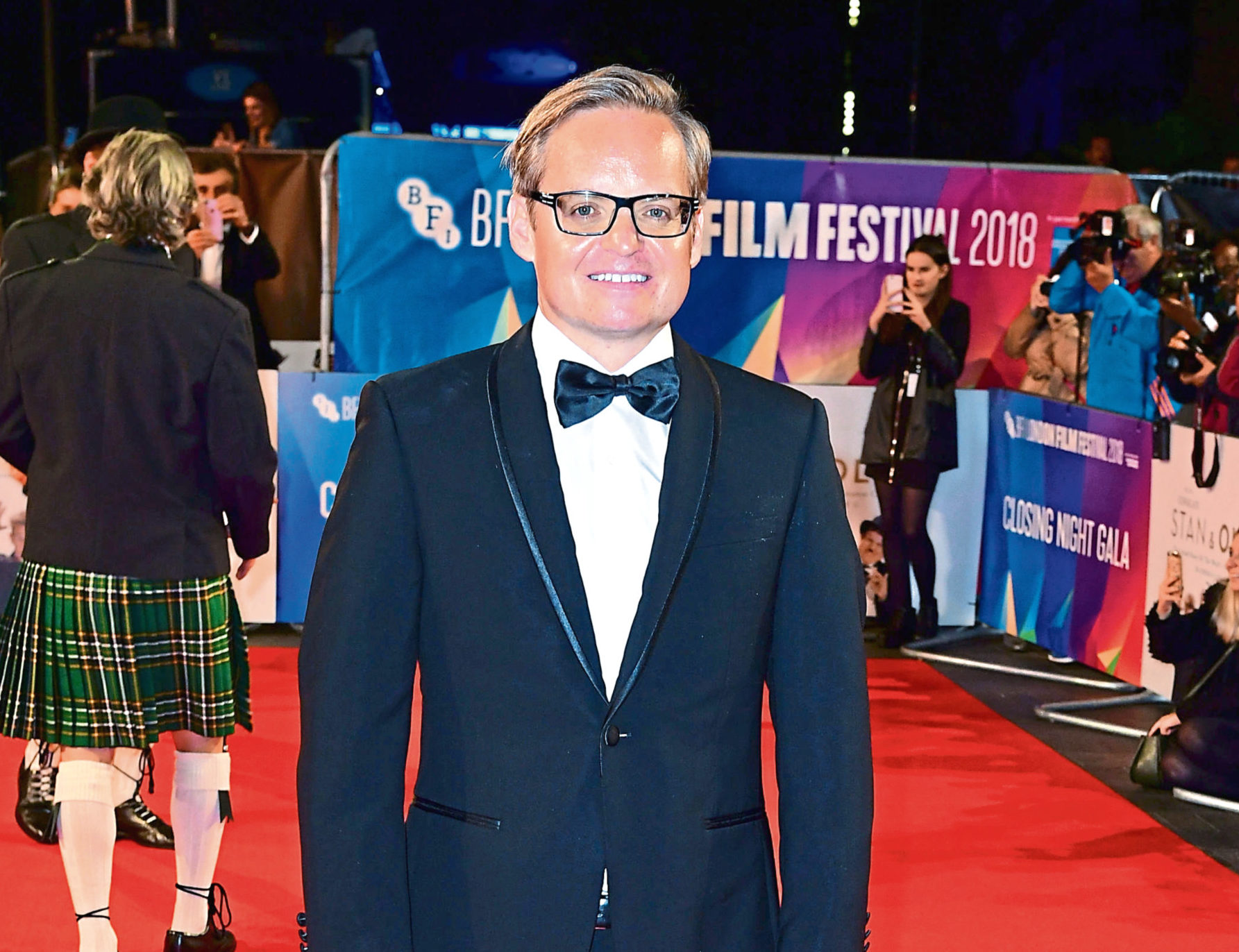
Conversation